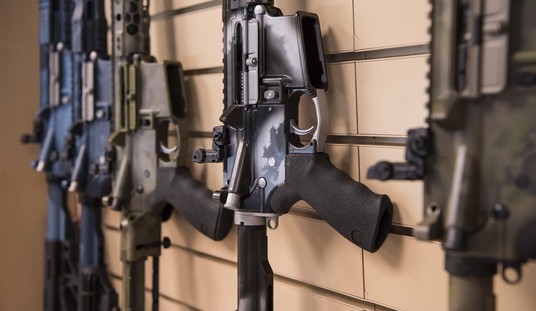U.S. Army Lt. Col. (then major) Bill Connor had experienced little combat action prior to Aug. 21, 2007. It was early in his deployment to Afghanistan, and much of his experience at that point had been IED attacks.
But the series of ambushes that unfolded that day against him as he led a six vehicle convoy south of Forward Operating Base Martello in Kandahar Province was so close (nearly eyeball-to-eyeball) and intense, the 39-year-old Airborne-Ranger infantry officer briefly wondered if he or any of his men would get out alive. Others briefly questioned their survival too.
“Briefly,” mind you, because as anyone who has ever experienced combat-action knows, once the shooting starts, all the training and rehearsals for just such a scenario kick-in. The adrenaline is surging, blood-pressure is spiking, and everyone is operating on instinct, command, and commonsense.
Connor recalls his vehicle – a five-ton truck in which he was sitting on the passenger side (vehicle commander’s position) – being struck by automatic weapons fire from both sides of the road; “bullets cracking all around the crew compartment of our vehicle” he writes in his after-action report.
Instantly, suppressive fire was returned by Sergeant (then Specialist) Maurice Leonard ripping into the Taliban ambush with his FN Herstal 7.62mm belt-fed M240 machinegun from a top-mounted turret. All vehicles were racing to get out of the kill zone. All gunners were blasting away with M240s and M249 5.56mm light-machineguns. And all passengers were returning fire when possible with M4s (the carbine version of the 5.56mm M-16 rifle).
For Connor and his driver Specialist Alonzo Escorza, however, their primary weapons – the M4 – proved less practical than their pistols.
“We had to use our [Beretta 9mm] pistols because the M4 carbine was not practical to use out of the five-ton,” Connor – who is currently campaigning for the office of South Carolina Lt. Gov. – told me during a conversation about Afghanistan this week. “The cramped crew situation and firing outside of the windows was just not going to work. Thank goodness my holster [a Blackhawk with a quick-release SERPA lock-technology button] allowed for a quick draw and I was able to reach out of the window, and aim my pistol to fire.”
He adds, “My holster was a ‘side’ holster that strapped on my leg and belt. It was like you see in cowboy movies or ‘Hans Solo’ in Star Wars. The 9mm ‘clicked’ into a locked position in the hard plastic holder. To draw the weapon all you did was push a small button and it came out quickly. This was much, much easier than the Army issue holster that hooked on the belt and was soft. You had to spend seconds to get it out to use it if necessary.”
Seconds they did not have.
A bit of post-conversation research on this particular fight, and I discovered that these men in these six vehicles – a mix of four Humvees and two trucks – were struck by multiple complex ambushes for at least seven kilometers (nearly 4.5 miles), and the enemy was trying to kill these isolated Americans with near-and-far small arms, mortar, and rocket-propelled grenade (RPG) fire.
Connor – in the commander’s seat of the third vehicle – had a radio in his left hand and his 9-mil in his right trying to keep the enemy from killing the dangerously exposed Leonard, and Escorza was driving and firing his pistol out of the left side window.
The enemy – particularly the RPG men — were attacking suicidally, rushing up close to make sure their rockets hit the vehicles. Two vehicles were in fact struck by RPGs, one nearly destroyed. Many of the attackers were shot-to-death at near point-blank range.
“They were hitting us from all sides,” says Leonard. “And some were running up as close as 10-feet from us.”
Leonard himself killed an RPG man, who after being shot, managed to launch his grenade – the missile zinging into the sky – as the dead man tumbled backwards.
Connor says he doesn’t recall how long it took for his soldiers and him to fight through the 4.5-mile gauntlet.
“It seemed like a long time,” he says.
“An eternity,” says Leonard.
"In preparing for the advisory mission in Afghanistan, one trainer told us not to pay much attention to which holster we used for our 9mm pistol,” Connor recalls. ”This same trainer told us we would never use our 9mm in combat. The 9mm pistol turned out to be my primary weapon in the largest firefight of my time in southern Afghanistan. Don’t take anything for granted and take all training and all equipment seriously. Your life will depend on it."
By the grace of God, with a few good soldiers, the Beretta 9mm (at least in the case of Connor and Escorza), plenty of ammunition and gasoline; not one American was lost in the gauntlet of hellfire south of Martello.






Join the conversation as a VIP Member